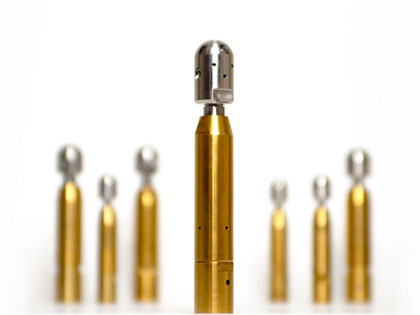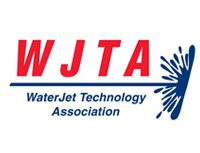Innovations in Hydroblasting and Hydrodemolition
In the realm of construction and infrastructure maintenance, the significance of efficient and precise demolition techniques cannot be overstated. Traditional methods often come with drawbacks such as dust pollution, noise disturbance, and structural damage. However, the innovations in hydroblasting and hydrodemolition have revolutionized the industry, offering a cleaner, quieter, and more precise alternative. Let’s delve into the exciting changes in these technologies and explore how they are shaping the future of demolition.
The Power of Hydroblasting

Hydroblaster in action, donning full PPE.
Hydroblasting, also known as water blasting, employs high-pressure water jets to remove unwanted materials from surfaces. What sets hydroblasting apart from conventional methods is its ability to provide a non-destructive solution for cleaning and surface preparation. The advancements in hydroblasting technology have led to increased efficiency and versatility.
One notable innovation is the development of robotic hydroblasting systems. These systems utilize robotic arms equipped with high-pressure nozzles to precisely target and remove contaminants from surfaces, even in hard-to-reach areas. By automating the process, these robots improve safety by reducing the need for human operators to work in hazardous environments.
Furthermore, the integration of intelligent control systems and sensors enhances the precision and effectiveness of hydroblasting. These systems can adjust water pressure and flow rates in real-time based on the surface conditions, optimizing cleaning efficiency while minimizing water usage and environmental impact.
Hydrodemolition: Redefining Demolition Practices

Carefully removed concrete by way of hydrodemolition. Notice the steel remains unharmed.
Hydrodemolition, a specialized application of hydroblasting, focuses on the controlled removal of concrete and other construction materials. This technique offers several advantages over traditional methods such as jackhammers and explosives. It produces minimal vibrations, reducing the risk of structural damage to surrounding areas, and eliminates the generation of harmful dust particles.
Recent innovations in hydrodemolition technology have further improved its capabilities and efficiency. Ultra-high-pressure water jets, combined with advanced nozzle designs, allow for precise removal of concrete without causing microfractures or weakening the remaining structure. This precision is particularly beneficial for repairs and refurbishments in infrastructure projects.
Moreover, the integration of robotic systems in hydrodemolition has transformed the way large-scale demolition tasks are performed. Robotic hydrodemolition machines can accurately target and remove deteriorated or damaged concrete sections, ensuring uniformity and consistency across the surface. This not only enhances the quality of the demolition but also reduces labor costs and project timelines.
Environmental Considerations and Sustainability
In addition to their performance benefits, hydroblasting and hydrodemolition technologies align with the growing emphasis on sustainability in the construction industry. By using water as the primary medium for demolition, these methods minimize the generation of waste and harmful emissions associated with traditional techniques.
Furthermore, advancements in water recycling and filtration systems enable the efficient reuse of water during the hydroblasting and hydrodemolition processes. This not only conserves water resources but also reduces the overall environmental footprint of construction projects.
Looking Ahead
As the demand for safer, more sustainable demolition practices continues to grow, the evolution of hydroblasting and hydrodemolition technologies is set to play a crucial role in shaping the future of the construction industry. With ongoing research and development efforts focused on enhancing efficiency, precision, and environmental stewardship, these innovative techniques are poised to become indispensable tools for engineers, contractors, and project managers worldwide.
In conclusion, the innovations in hydroblasting and hydrodemolition represent a significant step forward in the quest for safer, more sustainable demolition solutions. By harnessing the power of water, these technologies offer unparalleled precision, efficiency, and environmental benefits, setting new standards for the construction industry and paving the way for a more resilient and eco-friendly built environment.
At Clean Sweep, we believe strongly that hydrodemolition is essential in concrete projects and will only gain popularity as the world becomes more efficient and environmentally conscious. Each of our services, from coating removal to full hydrodemolition, is done with industry-leading expertise.
Follow all of our happenings on Instagram, Facebook, and LinkedIn.





